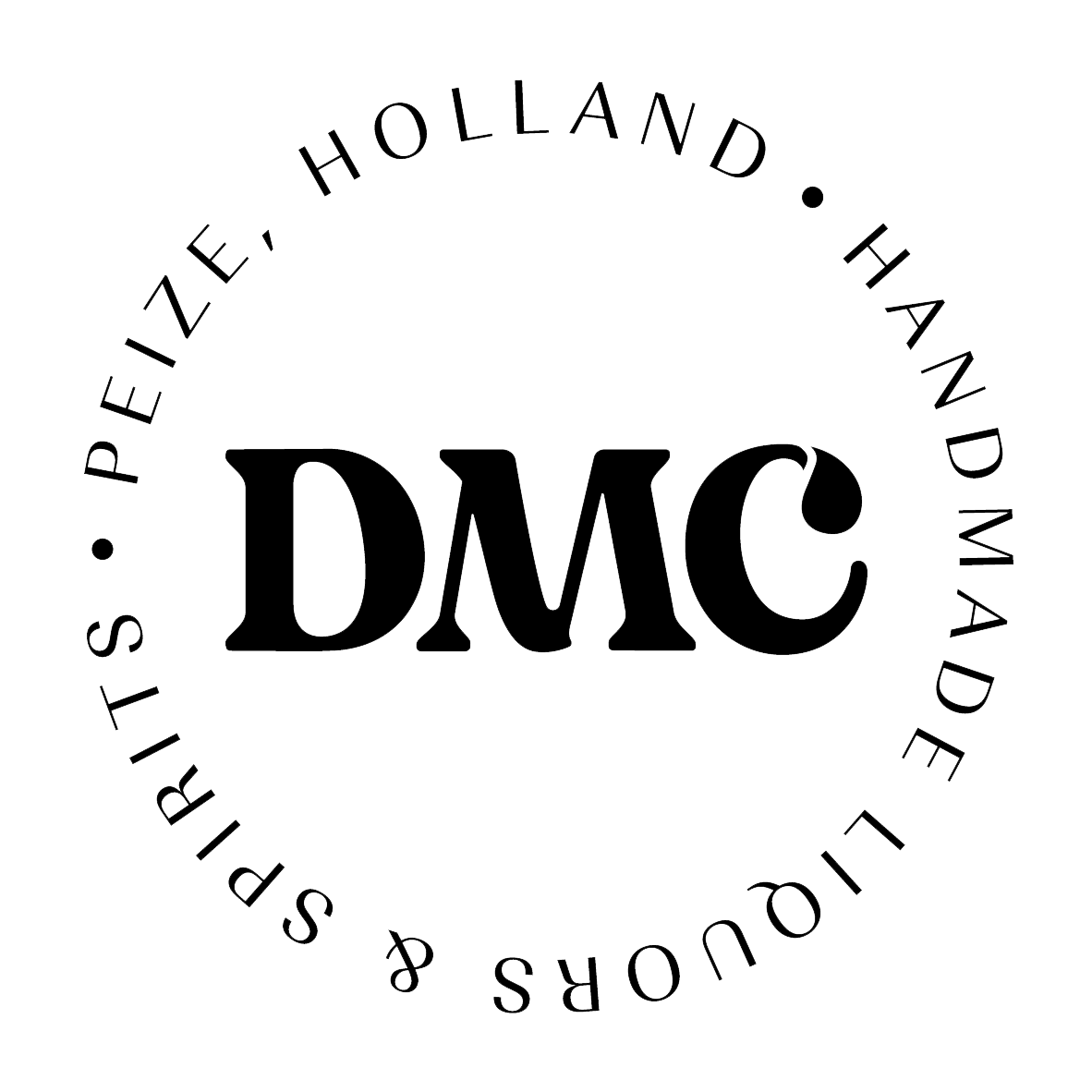Additionally, MongoDB has client-side and field-level encryption, which enables users to encrypt data before sending it to the database via the network. However, as data is stored in key-value pairs in one record, it lacks the security boasted by PostgreSQL; MongoDB’s main focus remains on speed. The important thing to note here is that transactions allow various changes to a database to either be made or rolled back in a group. Therefore, in a relational database, the data would be modeled across independent parent-child tables in a tabular schema.

Low-code ETL with 220+ data transformations to prepare your data for insights and reporting. MongoDB has a distributed architecture, while PostgreSQL has a monolithic architecture. The main differences between MongoDB vs. PostgreSQL have to do with their systems, architecture, and syntax.
Download Our Guide to Open Source Databases
The total size the dataset occupied in the collection in MongoDB is 116 GB and each record has a size of about 275 bytes. It is worth mentioning, that the selection of different vessels and time intervals follows a normal distribution, which was applied in the dataset at an early stage https://www.globalcloudteam.com/ before the execution of queries. The results show that PostgreSQL outperforms MongoDB in almost all queries. Notwithstanding, this reduction is significantly lower in PostgreSQL. Your application is managing structured and unstructured data, and you expect the volume to grow.

Sharding implies that the data is stored across multiple computers while partitioning groups this data within a single database instance. Since it’s non-relational, MongoDB uses collections instead of tables. A foreign key is simply a set of attributes in a table that refers to the primary key of another table. BSON skips the keys that aren’t useful for the query, thus making it faster to retrieve data.
PostgreSQL Database
MongoDB essentially uses JSON or BSON to store its data as documents. With MongoDB, you can store data as documents in a binary representation known as binary JSON . Fields can differ based on the document it is catering to, therefore, there’s no need to declare the structure of documents to the system — documents are self-describing. Furthermore, MongoDB Atlas is not only the only globally distributed, multi-cloud database but also a complete data platform, which makes spinning up a database cluster and back end-as-a-service easy and fast. The nature of your data and your target use cases are also vitally important. Those with a large ecosystem of SQL skills and tools and numerous existing applications may choose to continue using a relational data model.
The scale-out architecture is capable of meeting your needs automatically. In contrast, MongoDB’s RBAC is focused on defining roles and permissions at a broader level, such as restricting access to specific collections or databases. PostgreSQL, on the other hand, offers both Row-Level Security and Column-Level Security , which restrict access to specific rows or columns within a table based on predefined security policies. MongoDB uses the Mongodb Query Language to query data from documents within collections, while PostgreSQL uses the Structured Query Language to query data within tables.
PostgreSQL
PostgreSQL achieves this via multiple indexing and concurrency strategies. This strength is due to the database’s stable progress over the years. One of the most impressive details about PostgreSQL is that it offers support for all transaction isolation levels specified in the SQL standard, along with serializable. PostgreSQL’s design principles place a heavy focus on SQL and relational tables, and allow considerable extensibility.

PostgreSQL can be a better choice if you have fewer resources but are well-versed in the traditional SQL syntax and procedures. Other than these few differences, both databases are equally strong in terms of performance and will work well MongoDB vs PostgreSQL with any organization, customer, or business needs. The syntax supported by both databases is quite different from each other. MongoDB, being a NoSQL database, leverages documents to store data, allowing users to access it using MQL.
PostgreSQL vs MySQL: Explore Their 12 Critical Differences
EDB Oracle Compatibility makes applications running on Postgres look, feel and operate more like Oracle than any other Postgres experience. The tests show that If you want a database that delivers great performance and low latency, you want Postgres. The benchmark was designed to be reproducible and run on a public cloud, so anyone who wants to compare Postgres and MongoDB can easily do so. All the code used in testing is open source and available on GitLab, so you can independently reproduce and audit these results as well. OnGres is sharing all the information on the tests they ran, why they were selected and the results they found so that anyone can reproduce the results or change parameters and configurations for their own needs. Additional testing was conducted on online transaction processing workloads.
- PostgreSQL, like Linux, is an example of a well-managed open source project.
- PostgreSQL is a rock solid, open source, enterprise-grade SQL database that has been expanding its capabilities for 30 years.
- While switching from PostgreSQL to MongoDB is not difficult, the process often involves more than just extracting and migrating data.
- The challenge of using a relational database is the need to define its structure in advance.
- These predictions could be used in front-end reporting for sales and marketing to determine the products that will sell the best in coming years and the most effective price structure.
- But if you have many incumbent applications based on relational data models and teams seasoned just in SQL, a document database like MongoDB may not be a good fit.
With reading, you can scale-out PostgreSQL if you create replicas — though each one has to have a complete copy of the database. As MongoDB was designed to scale out, use cases needing extremely fast queries and vast amounts of data may be handled by building ever larger clusters comprising small machines. Thanks to the document model’s emergent properties, development and collaboration are both simpler and quicker.
System Properties Comparison MongoDB vs. MySQL vs. PostgreSQL
When you want to introduce a new field to a document, you can do so without disrupting those other documents within the collection. There’s no need to update an ORM or a central system catalog, and you don’t have to take the system offline. You may also use schema validation to put data governance controls into effect for all collections. This means it’s easy for developers to pick up, learn, and put to good use. Documents empower you with the flexibility to represent hierarchy-based relationships to store arrays and others in a simple way.
This database provides a wealth of ways to enhance its efficiency, though it utilizes a scale-up strategy at its core. With a document database, developers or teams have the power to own documents and change them as required. There’s no need for intermediation or complicated communication between teams. The majority of changes in schema require a migration procedure capable of taking the database offline or reducing the performance of an application while it’s not running. In this binary representation, fields may differ from one document to the next — structures don’t need to be declared to the system, as documents are self describing. If you’re aiming to support an application that will need to scale , and it has to be distributed throughout various regions for data locality, go for MongoDB.
MongoDB vs PostgreSQL: ¿Cuál deberías elegir?
This database enables all document fields to be indexed and queried simply, as well as those that are deep within sub documents and arrays. For instance, MQL enables users to reference data from numerous tables, transform it, aggregate it, and filter results for greater precision — like SQL. And unlike SQL, MQL functions in a way that’s idiomatic for every programming language. At the start of development projects, it’s common for project leaders to have a clear understanding of the use case — but not of the specific features their users need in an application. MongoDB offers more flexibility and scalability, while PostgreSQL provides greater security and customization. However, there are many other databases available that may better suit your project’s requirements.



